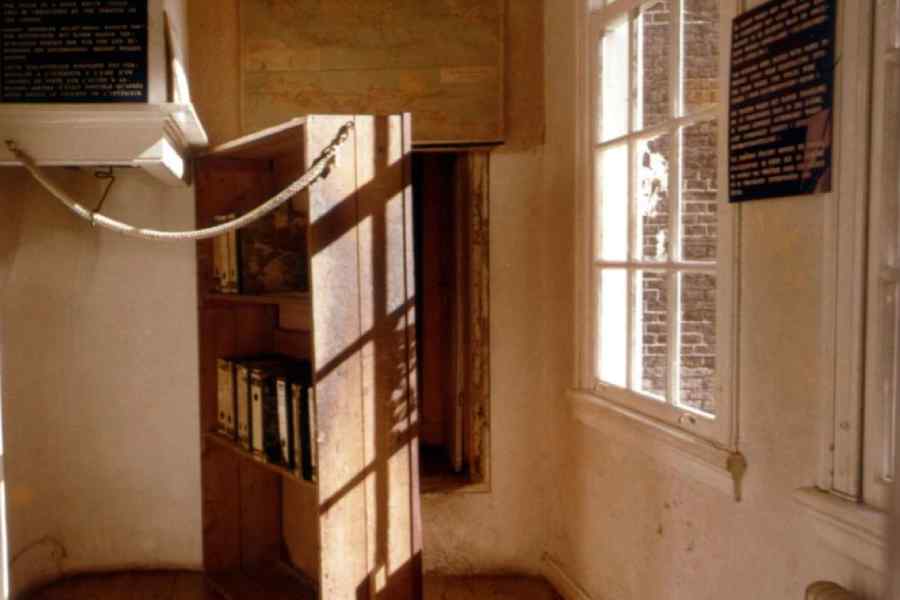THE LAST SECRET OF THE SECRET ANNEX: THE UNTOLD STORY OF ANNE FRANK, HER SILENT PROTECTOR, AND A FAMILY BETRAYAL
By Joop van Wijk-Voskuijl and Jeroen De Bruyn
Simon & Schuster, Rs 699
Ever since the SS oberscharführer, Karl Silberbauer, and two other officers of the Gestapo stormed 263 Prinsengracht on the fateful morning of August 4, 1944, and arrested eight Jews who had been hiding there for 761 days, their haven — the Secret Annex — and its youngest occupant were transformed into the most enduring symbols of resistance to the Holocaust. Anne Frank’s red checkered diary, discovered days after her arrest, became a window that offered glimpses not only of her intimate world but also of her family’s Dutch helpers amidst the Nazi occupation. Since then, the diary has spawned umpteen retellings with the historical events often being subjected to distortions by authorial interventions. The Last Secret of the Secret Annex by Joop van Wijk-Voskuijl, the son of one of the Dutch protectors, Bep Voskuijl, and Jeroen De Bruyn is yet another addition to this vast body of literature that claims to shed rare light on this multifaceted narrative.
The words, “Secret”, “Untold” and “Last”, in the title set the tone at the outset as Wijk-Voskuijl begins by declaring that the book is the culmination of a desire to “understand my mother” who, according to him, quietly receded into the shadows after the publication of Anne’s diary in spite of being “most important to Anne”. The other two crucial words — “Family” and “Betrayal” — are suggestive of a historical investigation to reveal, albeit inconclusively, the identity of the culprit who had reported the Franks’ coordinates to the Nazis.
The book is divided into three parts: “Anne”, “Nelly” and “Bep” — women around whom the narrative revolves. The authors integrate the Voskuijl family memoir across three generations with that of Anne Frank. Wijk-Voskuijl’s emotional, yet objective, voice lingers like an omniscient witness to the events unfolding on both sides of the “bookshelf” at Secret Annex — there are thus vivid glimpses into the lives of Otto Frank, his family and a few other Jews concealed behind it as well as that of Bep, Anne’s “close confidante”, whose life was lived in front of the concealing apparatus. Thereafter, the psychological impact of the war on the survivors, especially on Bep who becomes estranged from most, including Wijk-Voskuijl, is meditated upon.
Setting the record straight seems to weigh heavily on the authors: the credit of finding Anne’s edited version of her diary is given to Bep. The biggest revelation though is that Bep’s younger sister, Nelly, who often chided her family’s connection with Jews, might have been the betrayer. But the multiple hints strewn throughout the narrative and the circumstantial evidence make the revelation seem dubious. But The Last Secret of the Secret Annex does manage to peer through the gaps in the walls of Prinsengracht to give us a view of Amsterdam under Nazi occupation.










